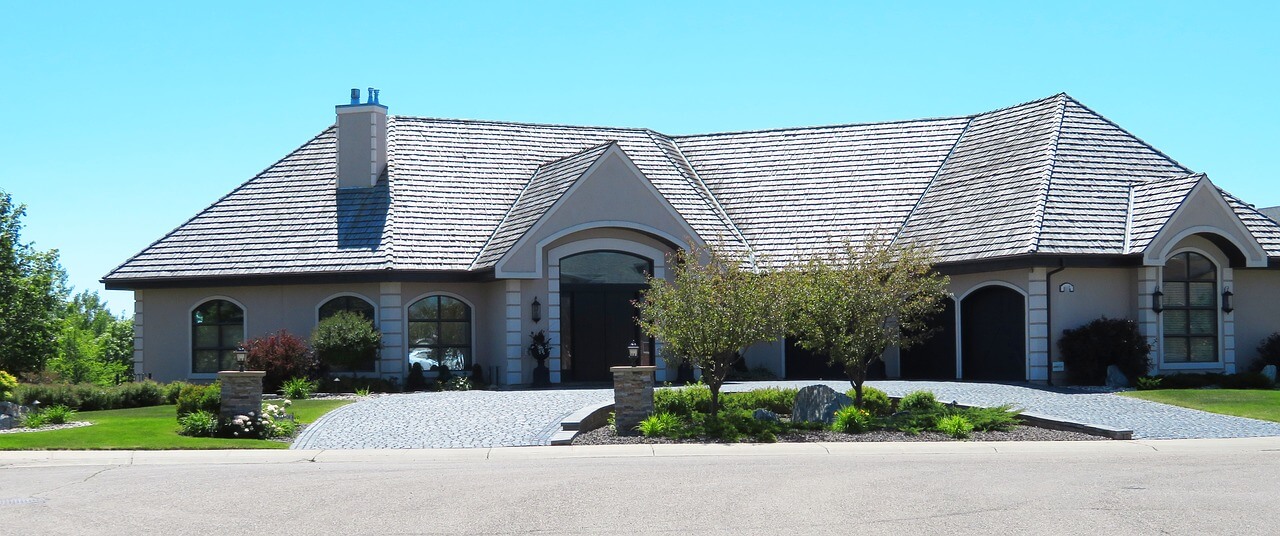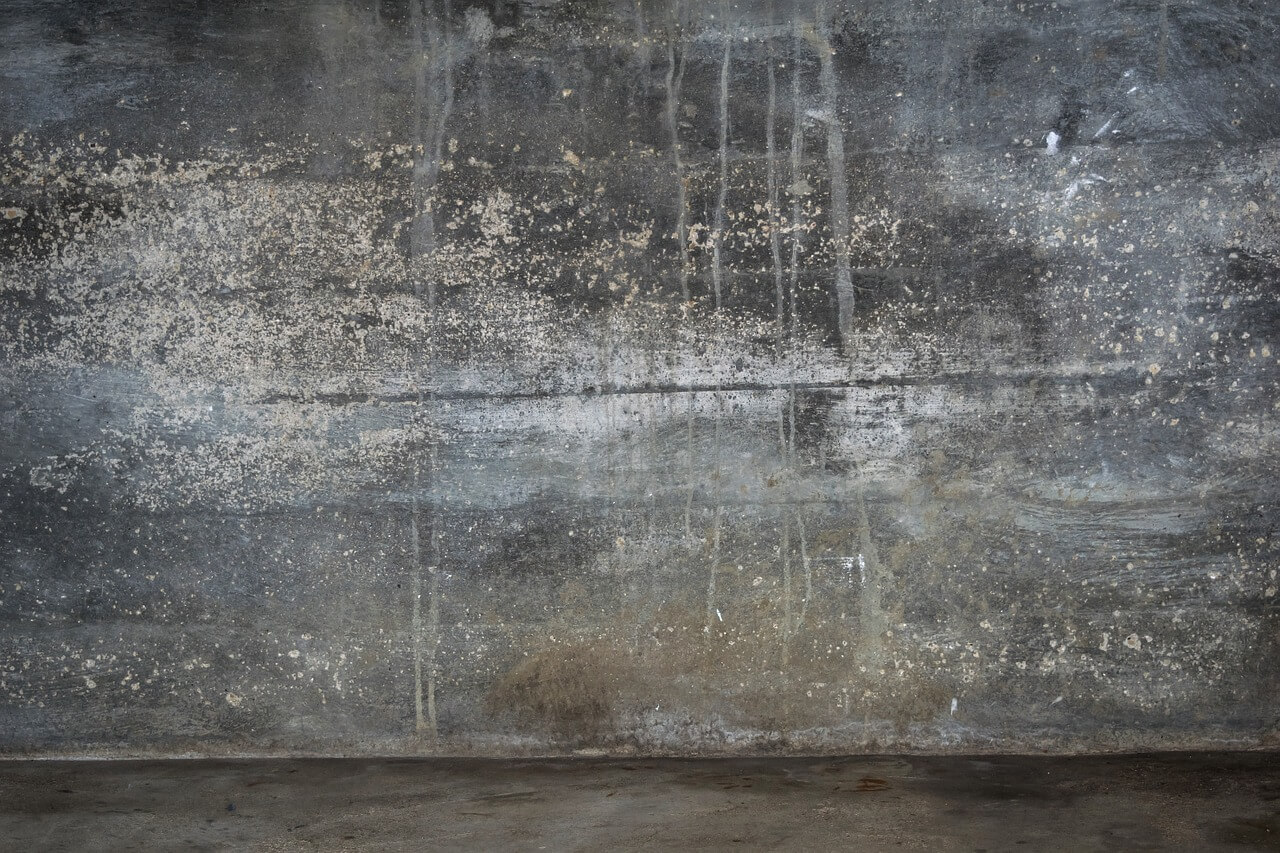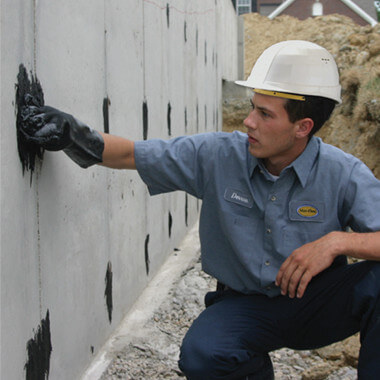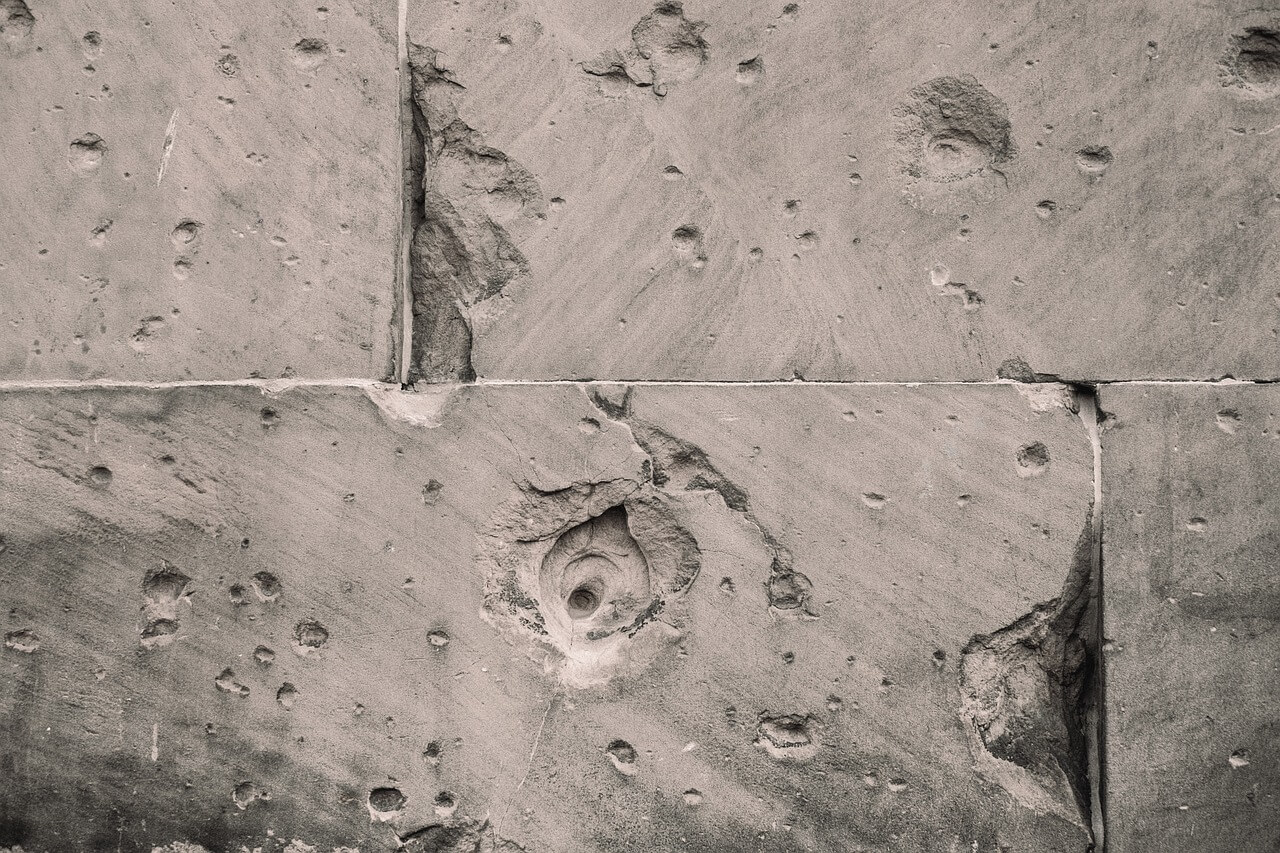
Owning and maintaining a building is a constant battle against water intrusion. Whether through leaky roofs, broken window seals or foundation cracks, homeowners, tenants and contractors are always looking for solutions to keep the water out.
Concrete foundations are built for their durability, but despite their solid-seeming appearance, concrete foundation walls are very water permeable. Diffusion is slow, but anyone who has ever been in an unsealed basement knows the smell of mold and mildew growth that comes with gradual moisture intrusion.
Foundation waterproofing sealing is a critical component of constructing and maintaining a building’s foundation. A high-quality waterproofing system not only provides a membrane to keep liquid water out but also keeps water vapor out as well. Whether you’re building a new foundation or repairing an existing one, choosing the right foundation waterproofing will extend the building’s longevity and reduce long-term maintenance costs.
Talking to Homeowners About Foundation Waterproofing Sealing

Getting a homeowner to commit to resealing a foundation can be a task, especially if the work involves exposing the exterior foundation, which is an expensive undertaking. Often, homeowners may incorrectly believe their foundation has already been waterproofed when, in fact, they have only been dampproofed, which is the minimum code requirement in many jurisdictions.
During heavy rain events, water can infiltrate through solid concrete. Many building owners will wait for visible foundation cracks and water accumulation before calling a contractor. By helping them understand the other signs of moisture intrusion, you may be able to solve larger problems, like mold growth and foundational deterioration, before they happen.
Signs to look out for include:
- Staining on drywall
- Peeling paint
- Bowing or warping of panels
- Damp spots in carpeting
- White spots on walls
- Musty odors
If building owners are aware of these other signs of water damage, they can be more proactive in beginning repairs. Hidden moisture infiltration can damage electrical panels and appliances, cause chronic health problems, and potentially hurt property values, so addressing them quickly is of the utmost importance.
What Waterproofing Products Do You Need?

Foundation waterproofing sealers can be applied on the exterior of the foundation, which is recommended since it keeps water out of the foundation, while interior sealing won’t prevent future cracking and degradation.
Mastic can be applied in localized areas to patch joints, seams and visible cracks. Choosing a foundation waterproofing sealer that is a heavy duty, elastomeric emulsion will help prevent moisture intrusion.
When specifying a waterproofing product, make sure to check whether it is rated for waterproofness or dampproofness. A comprehensive waterproofing system will help keep water out during heavy rain events or spring thaws, while dampproofing will limit moisture intrusion from surrounding soil and groundwater.
A product like Mar-flex’s 362 All Season Mastic is a great choice for patching cracks and sealing foundation joints and seams before waterproofing. It can be applied by hand or with a trowel and leaves a flexible waterproof coating able to handle freeze-thaw cycles throughout the seasons. This flexibility also means that 362 Mastic can be applied at any time of the year.
For broader surface application, Mar-flex 5000 is a heavy duty, solvent-based or water-based polymer-emulsion blend that penetrates concrete or masonry to provide long-term residential waterproofing protection. Drainage boards are also available to extend the residential warranty for new construction applications.
Applying Foundation Waterproofing

Before applying the foundation waterproofing sealer, make sure to address any significant sources of water. These could include overflowing downspouts, improperly graded landscaping, or sunken paths and walkways that lead to water accumulation. It’s important to remediate these issues before installing a waterproof membrane in order to ensure its effectiveness.
Next, make sure your surface is clean and dry. Concrete needs to be free of loose particles as well as oils and greases to make sure your foundation waterproofing sealer adheres properly. If you’re waterproofing a new foundation, make sure the concrete has had enough time to cure or that you select a waterproofing membrane that is compatible with green concrete, such as the Mar-flex 5000.
Once you’ve addressed any exterior issues and prepared your surface, you are ready to begin installing the waterproofing system. Make sure you communicate important information like curing times and any warranty requirements to homeowners so that the project only needs to be done once, as re-excavation will be costly.
For more information on how to choose and apply one of Mar-flex’s foundation waterproofing products, visit our website.
